Guide to Berja - Gateway to the Almerian Alpujarras and one of the sunniest, warmest and driest places in Mediterranean Europe
By Nick Nutter | Updated 24 Apr 2022 | Almería | Villages |
Login to add to YOUR Favourites or Read Later
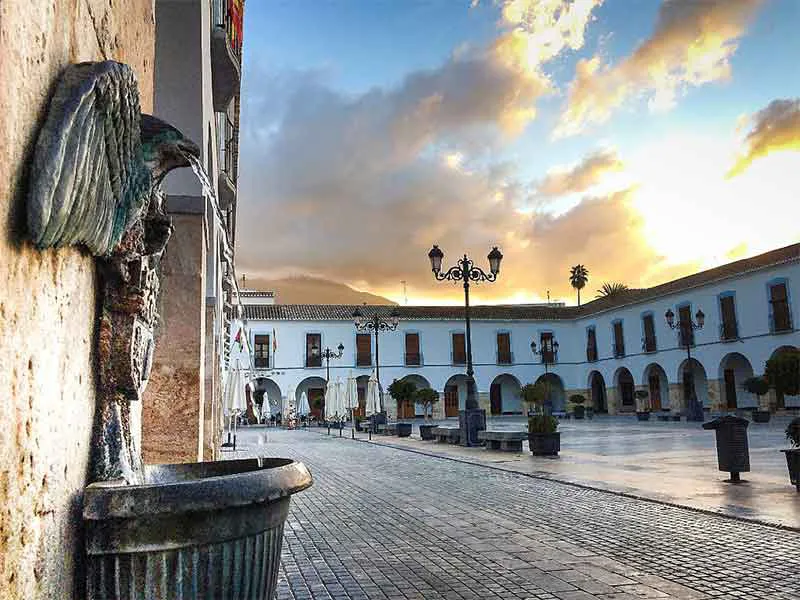
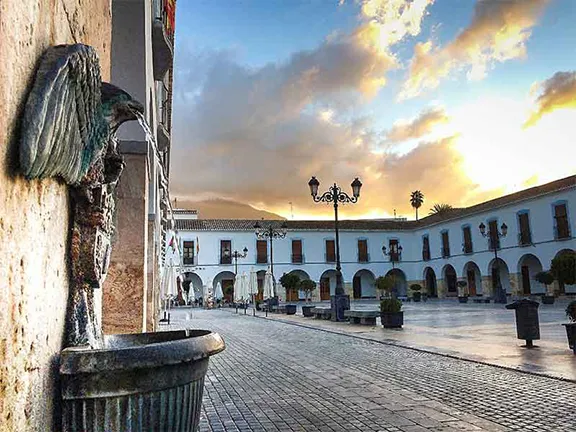
Plaza Porticado
Despite being one of the sunniest, warmest and driest places in Mediterranean Europe, Berja, in the semi-arid zone of Almeria, is blessed with no less than thirty springs, a fortunate circumstance that the Municipality celebrate with a Ruta de las Fuentes. It is not surprising that the area has been inhabited since Neolithic times. Not so blessed were the two earthquakes that devastated the town, one in the 5th century AD, the second on the 25th August 1804. Berja is an oasis on the northern edge of the acres of plastic that coat the coastal strip, rarely visited by tourists.
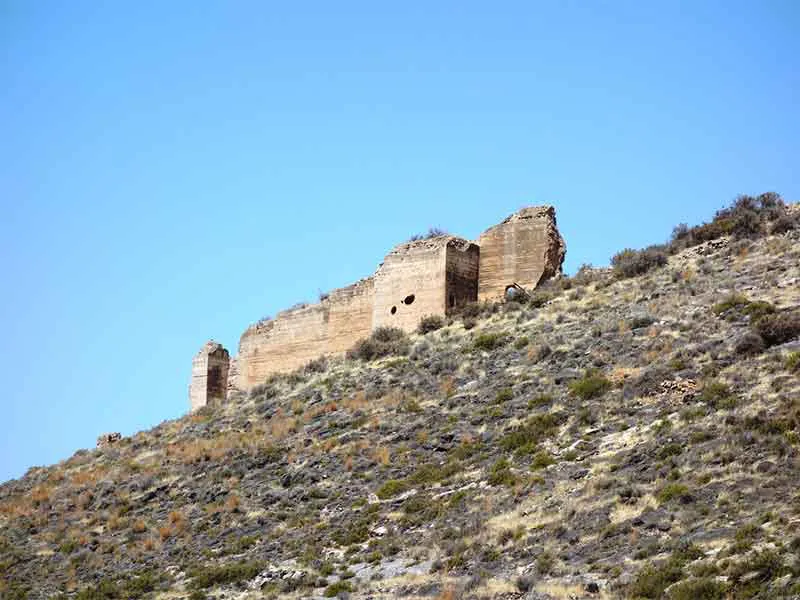
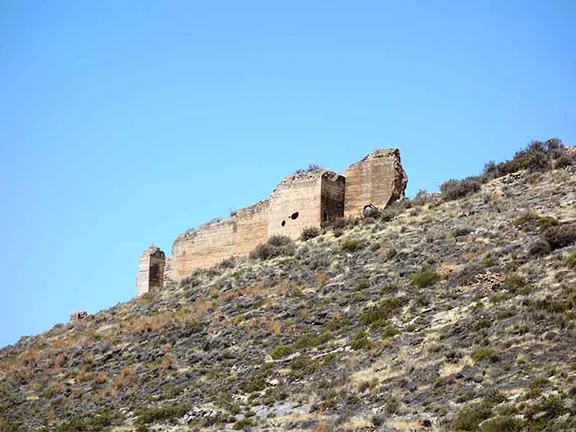
Villavieja
The town first came to notice when Pliny wrote of the Iberian settlement of Vergi that became Vergium under the Romans. Popularly known today as Villavieja, a hill to the south west of the modern town, you can still see the remains of a 1st century AD amphitheatre at the foot of the hill, an aqueduct and a villa with mosaics. The earthquake during the 4th century effectively depopulated the town. Dating from this time, an unusual and rare find was a paleo Christian sarcophagus from the Alcaudique area of the modern town just east of Villavieja. These carved stone tombs display motifs that are part Roman pagan, part Christian, the owners no doubt hedging their bets. The original is in the National Archaeological Museum in Madrid and you can see a replica in the archaeological museum in Almeria.
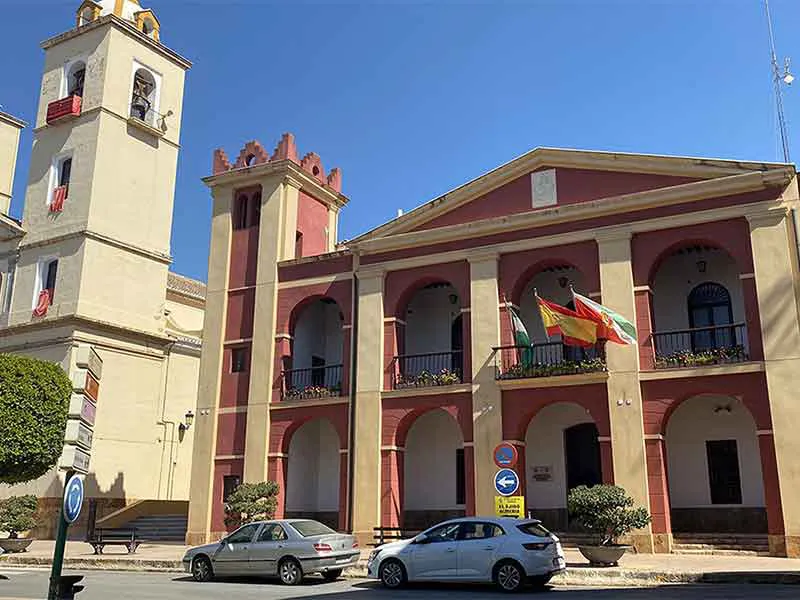
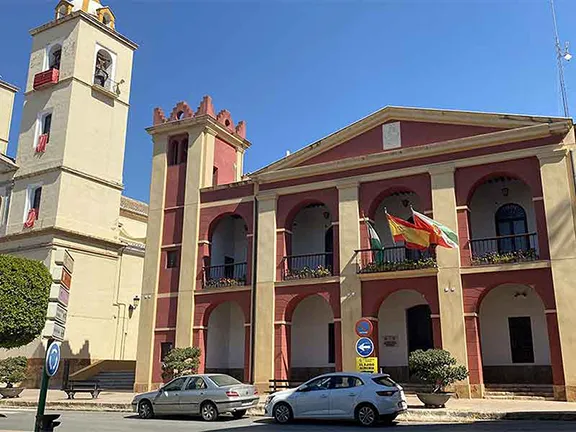
Plaza Constitucion
The Moors arrived in the 8th century and were not slow to recognise the value of the springs. They built an alcazabar on the remains of the Roman town and called it Berja. A wall and a turret survive from the 9th – 12th centuries. The arched water cisterns may originally be Roman or Moorish, it is bad to tell. The Arab baths that have been dated to the same period as the alcazabar, are on private land a few tens of metres south of Villavieja near the Fuente of Beneji. Despite the paucity of remains, wandering through the Ciudad Romana y Medieval archaeological site of Villavieja is a fascinating way to spend a couple of hours. Whilst in Berja, the Moors introduced a silk industry to the town. It must have been a beautiful place, even by Arab standards, an Arabian poet said of Berja, ‘in each house was a garden’.
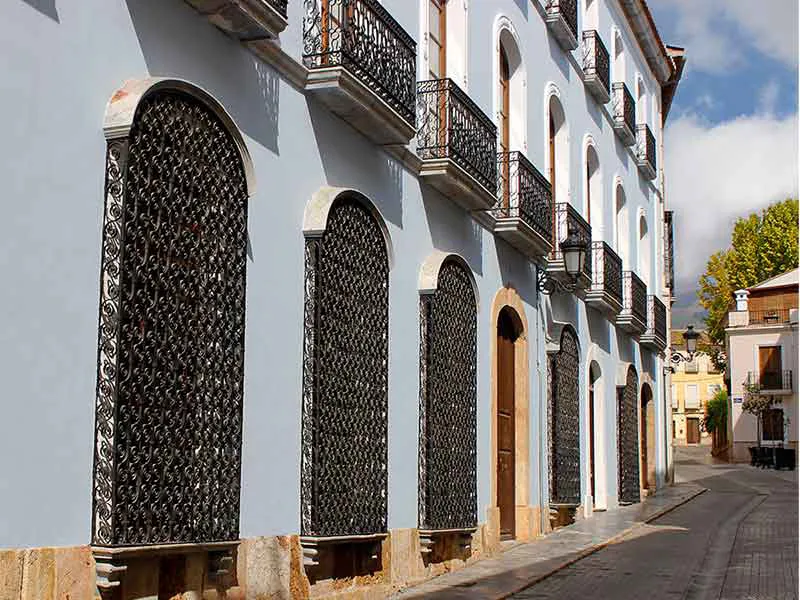
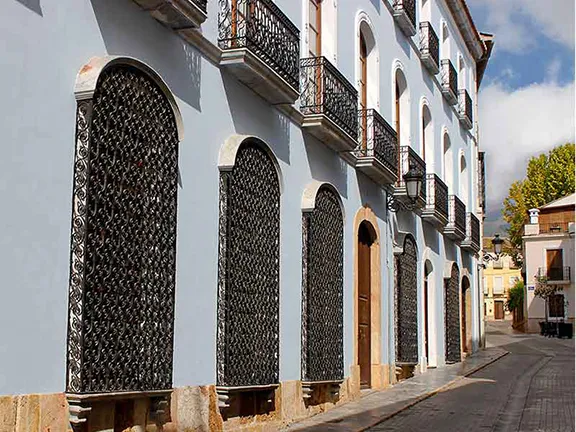
Molino de Perillo
Mentioning fuentes, the Ruta de las Fuentes is a trail that takes you to 30 of these springs that walk you through the history of the town. Start at the Roman spring of Alcaudique and progress through the centuries, the aforementioned Fuente de Berji, from the Moorish period, well preserved examples from the 18th century include Fuente Toro and from the 19th century Fuente de Don Emilio, Fuente Marques and the Fuente de los 16 Caños. 20th century examples include Fuente d’Oro and Fuente de la Higuera. Call at the tourist office in Calle Agua for a map.
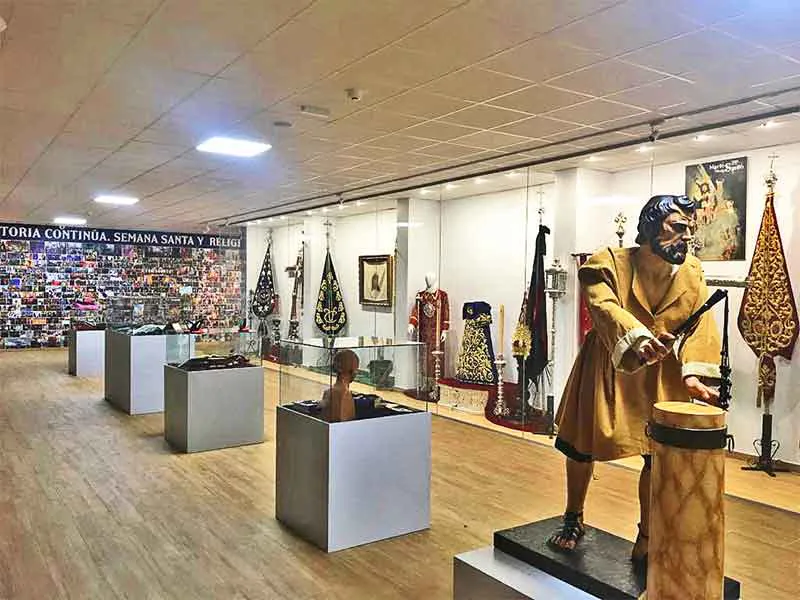
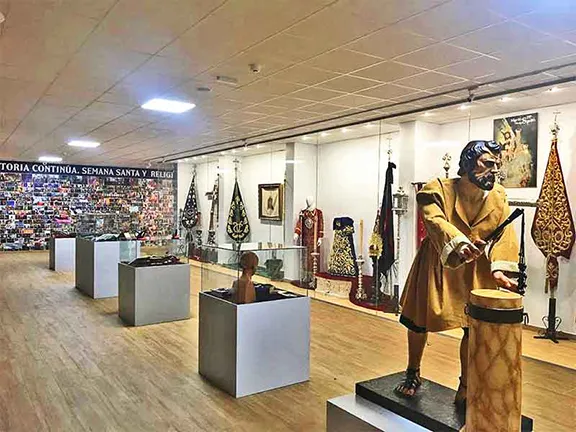
Museo Santa Semana
The Moors were ejected in 1489. Soon afterwards the area started to produce its own wine and gradually increased in prosperity. The wine making was not commercialised until the 19th century under the brand label Salobra. The prosperity brought on by the winemaking was temporarily disrupted in 1568 when the Morisco Revolt left the town once again depopulated.
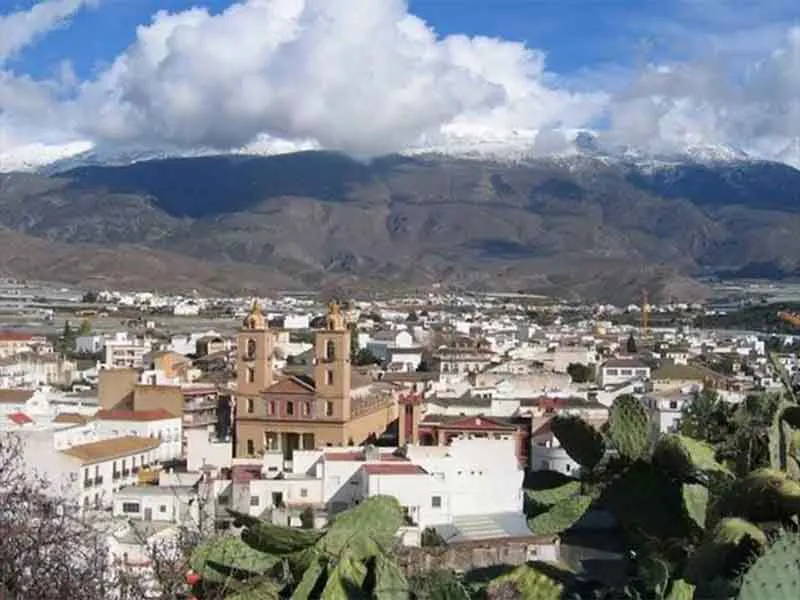
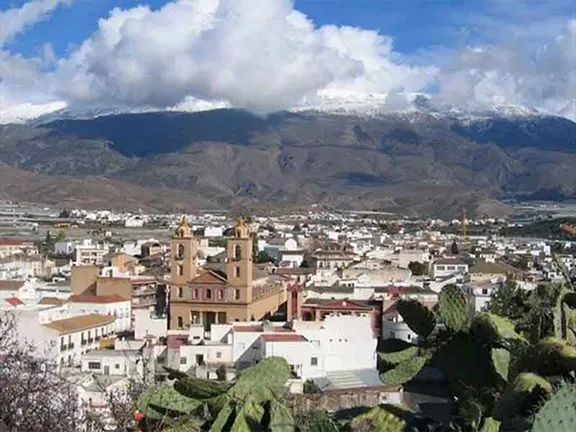
Overlooking Berja
It was two hermits, Domingo de San Juan and Juan de Santa Maria who turned up in 1588 who established a Hermitage in the ruined town, dedicated to the town’s patroness, the Virgen de Gador. From that small beginning, the modern town emerged. Today the town has a hermitage in each of its nine districts, most date from the 19th century when lead mining in the area started to supplement the income from wine and was largely responsible for the town’s rebirth after the second earthquake. During the height of the mining bonanza, Berja had over 30,000 inhabitants compared to about 12,300 today.
Near the Ermita de Nuestra Señora de Gador, is the Torre de los Encisos. The tower was built in the 16th century as part of a large house. Its purpose was to safeguard the inhabitants from the Morisco rebels, who, on the Christmas Eve of 1568, a day known as Bloody Christmas, assassinated almost all the Christians living in the area.
Despite being a relatively recent town, little pieces of history sort of peek out in odd places. The mansion, grandly named the Zapata Pimental, in Calle Goya, near Plaza de la Constitución, was once the seat of the Spanish Inquisition. Notice the family crest above the door. Many of the neo classical mansions in the Berja district date from the 19th century, the country seats of the mine owners.
At least one of the mine owners, Gregorio Lupion Escobar, was somewhat eccentric. His house is currently (2019) under restoration. It is called Molino Hidráulico del Perrillo on account of the fact that, when the house was built in 1863, Escobar decreed that the flour mill that was on that spot, should be retained in working order. The mill is now within the house. That was not his only eccentricity. The house has as many doors and windows as there are days in the year. The name of the building comes from a metal cannon that was in the shape of a dog. The cannon was originally situated next to the mill and has mysteriously disappeared. When restoration is complete there will be a number of museums in the house as well as the Municipal Library. It is a fine building. The Spanish, somewhat mockingly call such building style ‘bourgeois’. You will see why.
The 19th century Plaza de Abastos is well worth a visit. The plaza is porticoed on all four sides with bars and patisseries beneath the arches. The vegetable, meat and fish stalls once occupied the central square. Sadly one of the last remaining open air abastos in Almeria was moved to another location in 2007. The square is more popularly known today as Plaza Porticado and it is now the location of concerts and other cultural activities. Although one tradition has disappeared, another, that of a free tapas with every drink, still persists. In some bars you are even encouraged to choose your own.
Behind the plaza is another unusual venue, the Museo de Santa Semana, everything you need to know about the Easter festival in Andalucia, and in nearby Plaza de la Constitución, the twin bell towered, La Anunciación Church, rebuilt after the1804 earthquake in a style known as neoclassical.
For those that want to leave behind the vast expanse of plastic covered fields, that stretches 10 kilometres to the coast, Berja is in the foothills of the Sierra Gador. It makes a good place from which to explore this most southerly of the mountain ranges in Almeria. The peaks rise to over 2000 metres and link up to the southern reaches of the Sierra Nevada. The high, wooded, valleys shelter mountain villages and there are dozens of walking trails to follow. Despite the Alpujarras normally being associated with the province of Granada, Berja is considered to be a gateway to the area.